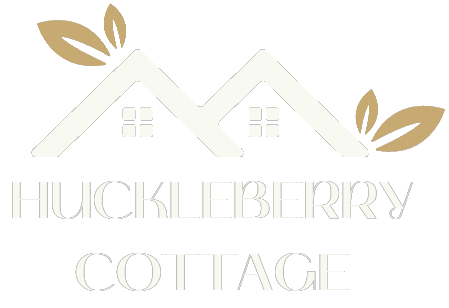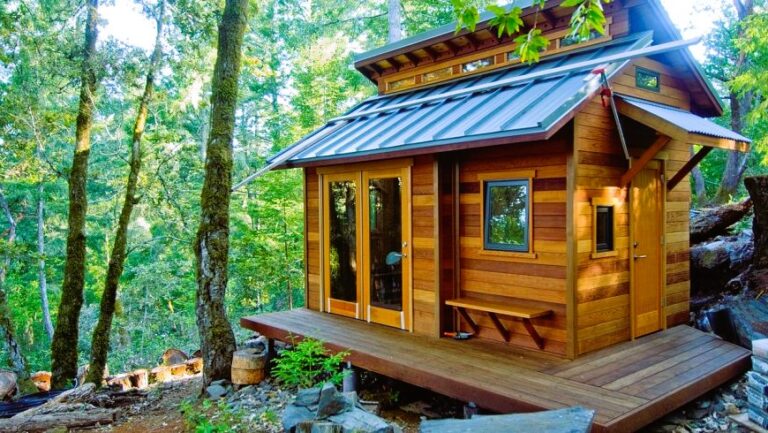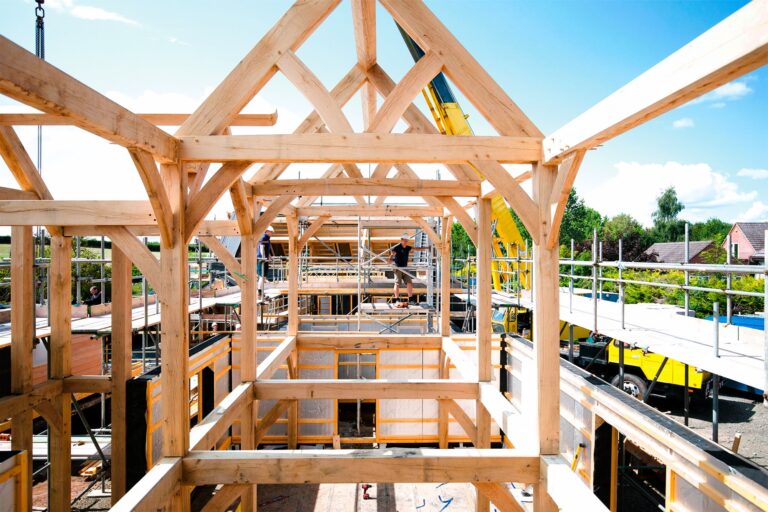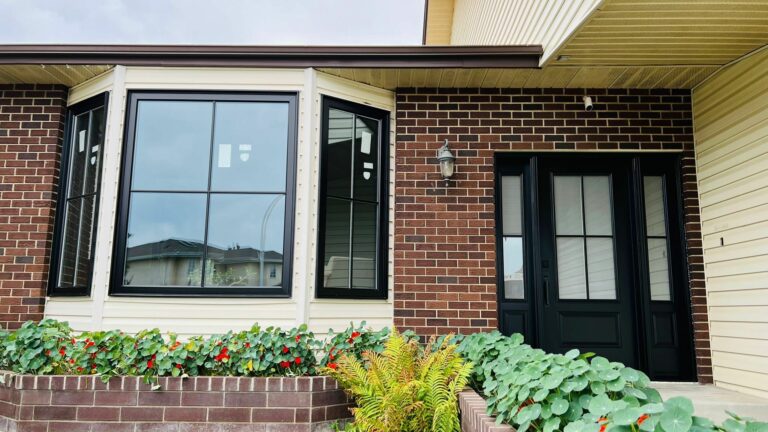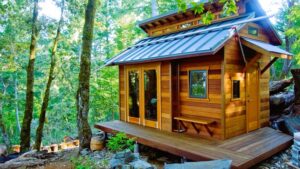When it comes to building cottages, selecting the right materials and construction technologies is crucial to ensure durability, comfort, and aesthetic appeal. With advancements in the construction industry, there is a wide range of options available to cottage owners today. In this article, we will explore some popular materials and construction technologies that are commonly used in cottage construction, providing an overview of their characteristics and benefits.
Wood:
Wood has been a staple in cottage construction for its natural beauty, versatility, and ease of use. It offers a warm and inviting aesthetic that complements the natural surroundings of many cottage locations. Different types of wood can be used, including:
- a. Timber: Solid timber, such as cedar, pine, or fir, is often used for the structural framing of cottages. It provides strength and stability while adding a rustic charm to the overall design.
- b. Engineered Wood: Engineered wood products, such as plywood, oriented strand board (OSB), or laminated veneer lumber (LVL), are commonly used for sheathing, flooring, and roofing. These products offer enhanced strength and dimensional stability.
- c. Wood Siding: Wood siding, such as cedar shingles or clapboard, is a popular choice for cottage exteriors. It provides a timeless look and can be stained or painted to match the desired aesthetic.
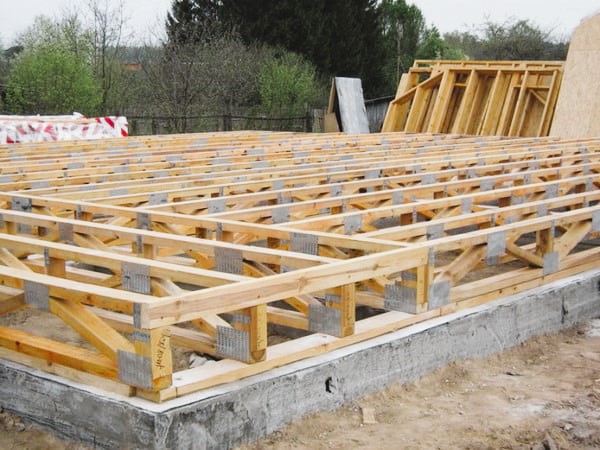
Stone:
Stone is a durable and aesthetically pleasing material that adds a sense of permanence and natural beauty to cottages. It is commonly used for foundations, chimneys, fireplaces, and accent walls. Some popular types of stone used in cottage construction include:
- a. Natural Stone: Natural stones like granite, limestone, or fieldstone are often used for their distinct textures and colors. They can be cut into different shapes and sizes to create unique architectural features.
- b. Manufactured Stone Veneer: Manufactured stone veneer is a cost-effective alternative to natural stone. It is made from lightweight concrete or resin, designed to mimic the look of natural stone while providing easier installation. Cottage construction, maximum use of natural materials.
Metal:
Metal is a versatile and durable material that is widely used in cottage construction, particularly for roofing and exterior cladding. Some popular metal materials include:
- a. Steel: Steel roofing and siding are known for their strength and longevity. They offer excellent protection against harsh weather conditions and require minimal maintenance.
- b. Aluminum: Aluminum is a lightweight and corrosion-resistant material that is commonly used for gutters, downspouts, and flashing. It is easy to work with and can be painted or coated for added durability.
Insulation:
Proper insulation is essential for cottages to ensure energy efficiency, comfort, and noise reduction. Some popular insulation materials used in cottage construction include:
- a. Fiberglass: Fiberglass insulation is widely used for its affordability and effectiveness in thermal and sound insulation. It comes in batts or loose-fill form and can be easily installed between wall studs, attic spaces, and floors.
- b. Spray Foam: Spray foam insulation offers superior insulation performance by providing an airtight seal. It expands and fills gaps, creating a highly efficient thermal barrier. However, professional installation is recommended.
- c. Cellulose: Cellulose insulation is made from recycled paper and offers good thermal and sound insulation properties. It is commonly used in attics and wall cavities and provides an eco-friendly option.
Advanced Construction Technologies:
Advancements in construction technologies have introduced innovative methods and materials that enhance the efficiency and sustainability of cottage construction. Some popular technologies include:
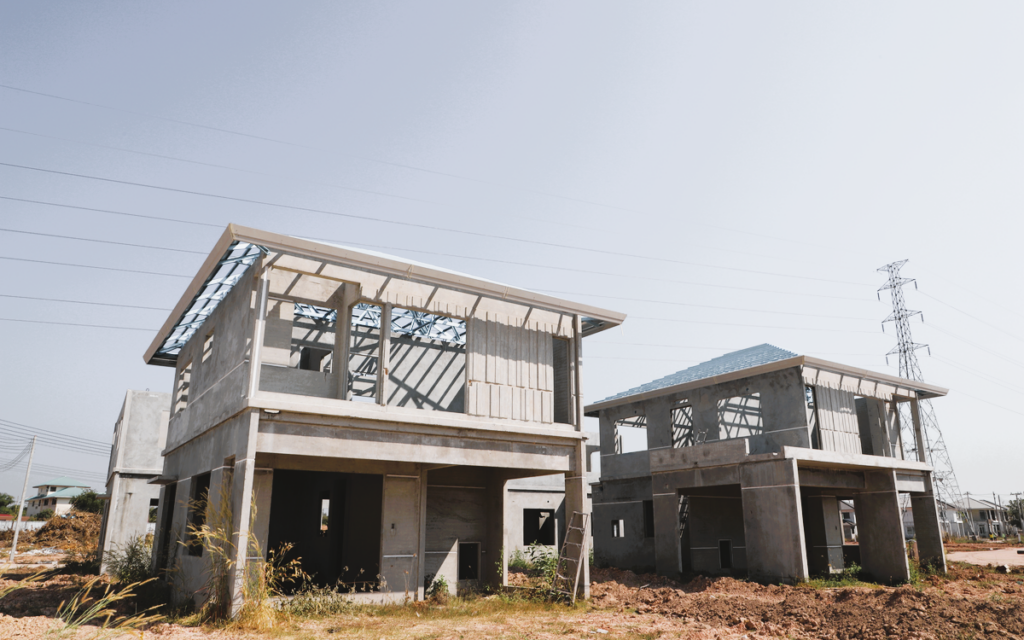
- a. Prefabricated Construction: Prefabricated or modular construction involves assembling parts of the cottage off-site, in a factory-controlled environment, and then transporting and installing them on-site. This approach offers faster construction, cost savings, and reduced waste.
- b. Green Building Techniques: Green building techniques focus on maximizing energy efficiency, reducing environmental impact, and promoting sustainability. These techniques include using renewable energy systems, implementing passive design strategies, and utilizing eco-friendly materials.
- c. Smart Home Technology: Smart home technology integrates automation and control systems into cottages, allowing homeowners to remotely monitor and control various aspects, such as lighting, heating, and security. This technology offers convenience, energy savings, and increased safety.
By utilizing these popular materials and construction technologies, cottage owners can create beautiful, durable, and energy-efficient spaces that meet their aesthetic preferences and functional needs.
For further information on construction standards and regulations, you can visit the official website of Wikipedia provides comprehensive information on various construction materials and technologies, which can be found at Wikipedia.
In conclusion, selecting the right materials and construction technologies is essential for successful cottage construction. Wood, stone, metal, insulation materials, and advanced construction technologies offer a wide range of options for cottage owners to create functional, aesthetically pleasing, and environmentally friendly spaces. By considering the characteristics and benefits of these materials and technologies, cottage owners can make informed decisions that align with their vision and requirements.
